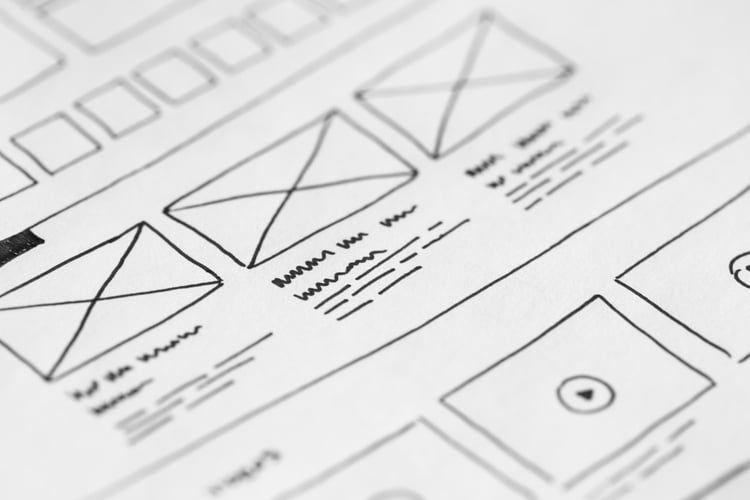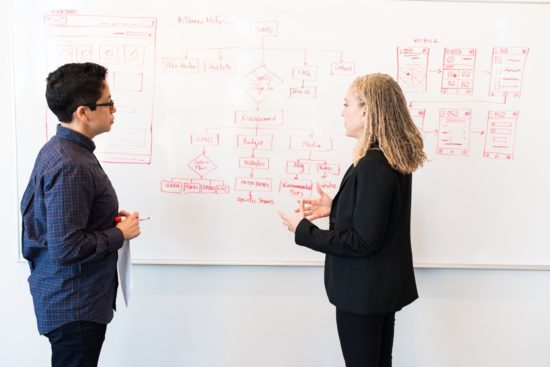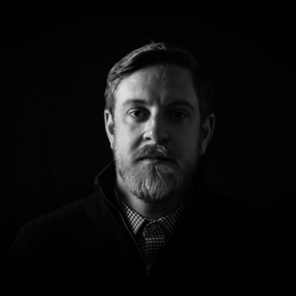
Combining Design Thinking and User Experience
Written by Mark Coulstring
Design Thinking is a methodology. It is about applying a specific way of thinking to solving the right problem. Since the term was coined in 1991 by David M. Kelley of IDEO, the methodology has been widely used across a variety of industries. At Seamgen we use this method to solve complex problems, and find solutions for our clients and partners, and most importantly their end users. A design mindset is not problem-focused, it’s solution focused and action oriented towards creating a preferred future.
What is Design Thinking?
Rather than being problem driven, design thinking centers around solution-based thinking. It considers all aspects of the present and the future to deliver the perfect result.
Centered around 5 key stages it’s easy for anyone to follow a simple process to approach a problem with Design Thinking methodology.
1. Empathize
The first stage is all about discovery. Instead of assuming that you know the solution from the start, it focuses gathering research and multiple opinions from the users that matter most. By empathizing with the users, you are able to figure out their needs and their problems in order to make the perfect product. This is done by interviewing and discussing problems and workflows with existing users or planned target demographics. Brian Lamb, Vice President of User Experience at Seamgen:
It’s important to understand the mindset of the user while they are interacting with a product. What are they trying to achieve how can we as designers give them the tools that they need to accomplish their goals.
2. Define (the problem)
After gathering all the possible information from stage one, you are now able to define the right problem that you are looking to solve. Instead of defining it from a company or client standpoint, it is necessary define the problem a user-centered perspective. By focusing on how user would describe the problem, it allows the team to create the functionality for the best experience possible. As user experience designers and software engineers we define these problems in what are commonly referred to as user stories: “As a <user type>, I want to <function> so that <benefit> .” Example: “As a customer, I want shopping cart functionality to easily track items I would like to purchase.” User stories guide the tasks and problems we solve so that we always keep the needs of user in mind as we define and build a product or service.
3. Ideate
With the defined problem, the brainstorming begins. In this stage, your team will want to create as many possible solutions to the problem as possible. By creating multiple ideas on how to solve the problem, the team can encompass all the needs and wants from the users. This is an opportunity to explore what’s possible, but also keep thoughts grounded in what’s most important to the business and the end user. Often ideas that seem good in practice do not meet the needs of the business because they will either take too long to develop or they do not align with the goals of the user; it’s important to keep both in mind when thinking of possible solutions.

4. Prototype
Taking some of the best and most focused ideas from stage 3, the design team will produce multiple quick and low level versions of the possible solutions, typically in wireframe. This stage becomes experimental as the team tries a variety of ways to solve the problem on hand. Often non optimal solutions are identified quickly through team discussions and quick sketches and mock ups. Our focus in this stage is to optimize concepts from Phase 3 as much as possible. This process can be spread out over multiple weeks and months, or it can done rapidly in a design sprint: we utilize either approach depending on the problem we are solving.
5. Test
Once the right solutions are identified in the prototype phase, a rapid and iterative approach is taken and constantly tested to deliver the product that the users want and deserve. User feedback is key to creating the right solution, so getting a thoughtful prototype in front of target users early and often is key to creating a solution focused design.
Design Thinking & User Experience
Design Thinking is at the heart of everything that we do a Seamgen and it is vital to creating successful, user-centric digital products. From initial discovery through ongoing maintenance and feature development, solution focused and action oriented design is key solving a unique business problem.
Design Thinking methodology, compliments our user first UX approach, which requires us to empathize with the user to help us define their problem and the best possible solution for their unique needs. Since design thinking is focused on the solution, we ensure that our solution is the right one for your users’ experience.
Thanks for Reading!
Enjoyed this article on the design thinking & user experience? At Seamgen we love user experience - see our expert UX/UI process. We also have several more articles on the topic. Check out a few of our other, recent posts below.








